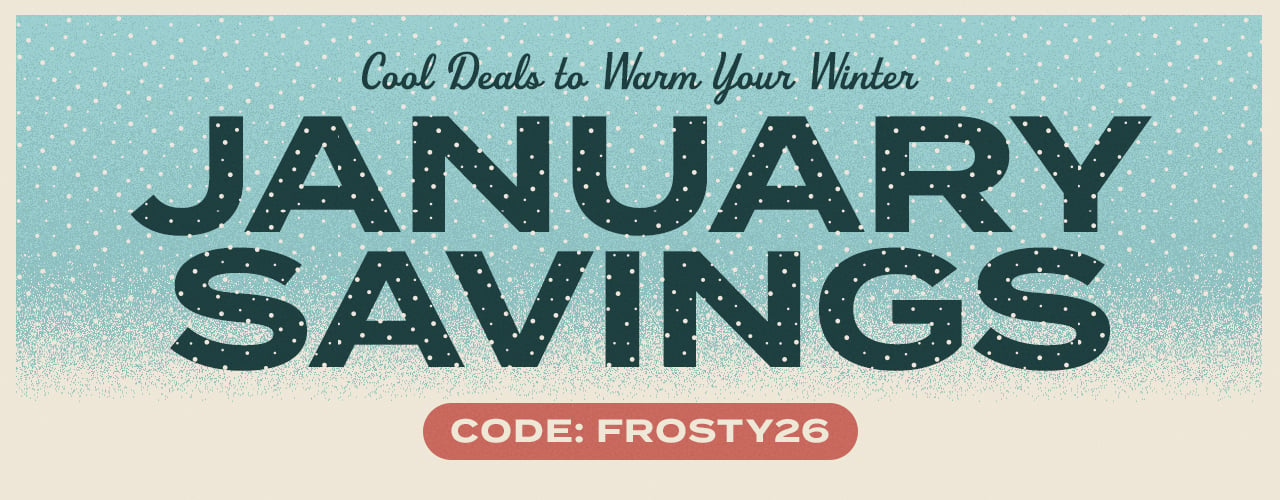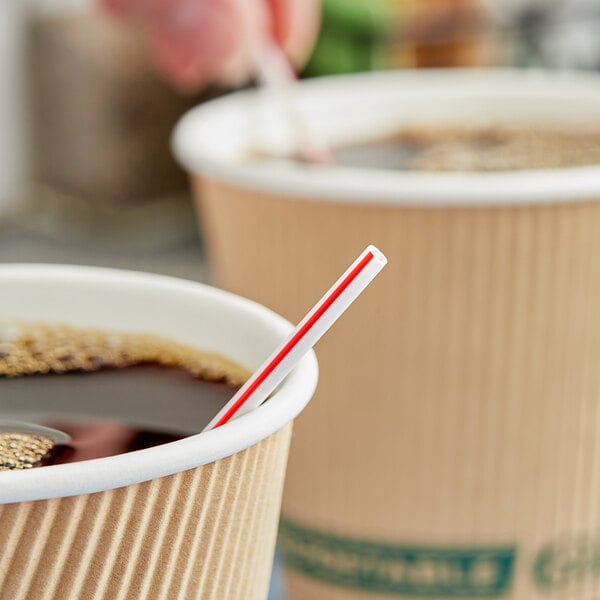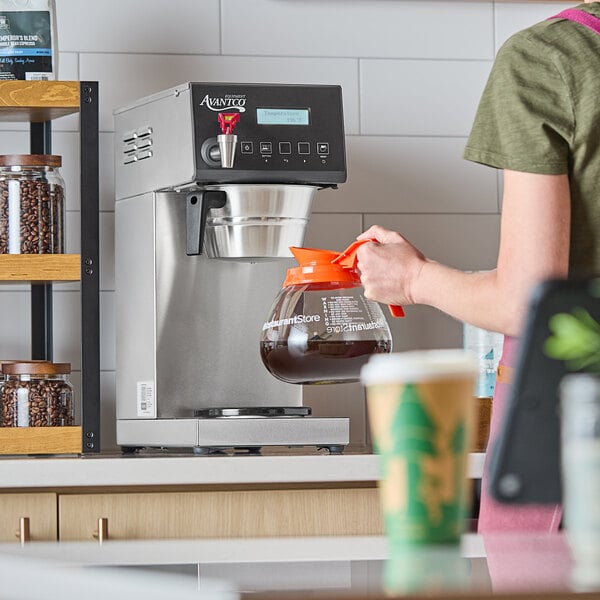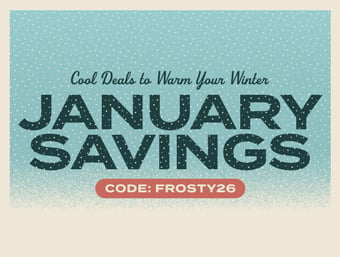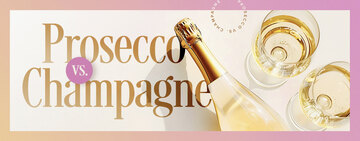You’ve mastered the sauce, nailed the crust, and chosen the perfect cheese - now it’s time to decide which toppings will earn a spot on your menu. With countless options to consider and limited storage space, narrowing down your selection can be a challenge. Whether you're opening a cozy neighborhood pizzeria or curating artisanal flatbreads for an upscale eatery, the right combination of ingredients helps define your brand and connect with your customers. To support your menu development, we’ve compiled a list of the top 10 most-ordered pizza toppings. These classics are proven crowd-pleasers that offer both inspiration and a solid foundation for customization. Shop All Pizza Supplies Learn about the most popular toppings for pizza: 1. Pepperoni 2. Sausage 3. Mushrooms 4. Extra Cheese 5. Onions 6. Peppers 7. Black Olives 8. Bacon 9. Chicken 10. Pineapple 1. Pepperoni Pepperoni is the undisputed king of pizza toppings. Its rich, spicy flavor and crisp edges make it a favorite across virtually every demographic. From traditional pies to innovative gourmet pizzas, pepperoni delivers consistent sales and instant recognition. There are also variations that add complexity and appeal like the increasingly popular cup-and-char style, which curls into little crispy cups as it bakes, or Old World pepperoni, which uses natural casings and a coarser grind for a more robust taste and texture. It’s a staple of the classic American-style pizza and plays equally well on Neapolitan and New York-style crusts. Because it’s so widely loved, pepperoni is often the “safe choice” for new customers trying your pizza for the first time, making it a menu essential. Classic pairings: sausage, mushroom, onion Gourmet pairings: hot honey, burrata, roasted garlic 2. Sausage Sausage brings savory, herby, and slightly sweet flavors to the table. Whether it's Italian-style with fennel and garlic or a spicier version with red pepper flakes, sausage adds both protein and complexity. Its crumbly texture also makes it easy to pair with a variety of toppings without overpowering them. Sausage is a key ingredient in many regional favorites, from deep-dish Chicago pizzas to thin-crust variations. Crumbled or sliced, mild or hot—it’s versatile and lends itself well to both traditional and modern applications. Classic pairings: green pepper, onion, mushroom Gourmet pairings: fontina cheese, roasted red pepper, Calabrian chili 3. Mushrooms Earthy, meaty, and deeply flavorful, mushrooms are one of the most versatile vegetarian toppings you can offer. They’re a favorite among those seeking a lighter, plant-forward option, but they also bring umami that complements meats beautifully. Cremini, shiitake, and oyster mushrooms offer a step up from the standard white button variety and can add a gourmet twist to your menu. Used in both classic combos and upscale flatbreads, mushrooms offer a bridge between rustic and refined. They pair especially well with creamy cheeses and herbaceous toppings. Classic pairings: sausage, onion, chicken Gourmet pairings: truffle oil, goat cheese, thyme 4. Extra Cheese There’s something irresistible about a pizza loaded with extra cheese. Whether it’s for that perfect cheese pull or a more indulgent bite, customers often choose this option to enhance the comfort-food appeal of their meal. It’s also a way to showcase quality, as not all cheeses are created equal. While mozzarella is the standard, blending in provolone, fontina, gouda, or even blue cheese can offer an upgraded experience. Be sure to balance meltability, flavor, and moisture levels when using multiple cheeses. Classic pairings: pepperoni, mushroom, bacon Gourmet pairings: honey, tomato jam, roasted pear 5. Onions Cooked onions enhance the savory flavor of pizza while adding a layer of subtle sweetness. They’re one of the best ways to add complexity without extra calories or heavy richness. Red, white, yellow, and sweet varieties all bring their own flair, and caramelizing them can elevate a simple pizza to something far more refined. Often used in meat-heavy pies to cut through richness, onions are also excellent in vegetarian and vegan offerings. Red and green varieties contribute both flavor and color, making them as visually appealing as they are tasty. Classic pairings: sausage, green pepper, mushroom Gourmet pairings: goat cheese, arugula, broccoli 6. Peppers Colorful and crisp, bell peppers bring vibrant color, satisfying crunch, and a touch of natural sweetness to any pizza. They're a classic topping on many supreme or combination pies, typically paired with sausage, onions, and mushrooms. Their fresh, bright flavor offers a perfect contrast to rich sauces and gooey, melted cheese. While green bell peppers are the most common, expanding your pepper selection can help your menu stand out. For a more gourmet approach, the possibilities are endless. Try a simple bell pepper trio with basil, or mix sweet and spicy varieties for a bold twist. Explore Tex-Mex or Mediterranean-inspired creations, or elevate your pies with roasted or fire-grilled peppers for a smoky depth. For those who like it hot, spicy options like Fresno or poblano peppers can add both heat and complexity. Classic pairings: onion, sausage, black olives Gourmet pairings: cherry tomatoes, feta, basil 7. Black Olives Black olives add a salty, briny punch that balances well with sweeter vegetables and rich meats. They’re a go-to for Mediterranean-inspired pizzas and also commonly appear on deluxe or supreme offerings. While they can be divisive, olive fans are loyal, and they can also cater to vegetarian and vegan audiences. Besides black, other olive varieties like Kalamata, Castelvetrano, or oil-cured olives can elevate your pizza offerings with deeper, more complex flavors. For a gourmet twist on classic black olives, consider using house-marinated versions with herbs, citrus zest, or garlic-infused oil. Roasting black olives or combining them with artisan ingredients like sun-dried tomatoes can also add a refined edge that appeals to more adventurous diners. Classic pairings: mushroom, pepper, onion Gourmet pairings: feta, sun-dried tomatoes, arugula 8. Bacon Bacon brings an irresistible smoky, savory richness to any pizza, offering a bold flavor that can instantly elevate a pie. Depending on how it’s prepared, it can deliver either a crisp, crunchy bite or a tender, chewy texture. It’s versatile enough to shine on its own, yet also complements other proteins beautifully, especially chicken, sausage, or even seafood. Whether crumbled, sliced thin, or cut into thick lardons, bacon adds a layer of indulgence that appeals to a wide range of palates. Traditionally featured on breakfast-style or meat-lover’s pizzas, bacon also lends itself well to more inventive, gourmet combinations. Try it on flatbreads with sweet counterpoints like caramelized onions, roasted pears, figs, or a drizzle of maple glaze for a sweet-savory contrast. It also pairs wonderfully with tangy cheeses like blue cheese or goat cheese, or can be balanced with spicy elements like jalapenos or chili oil. Classic pairings: sausage, chicken, extra cheese Gourmet pairings: fig jam, squash, egg 9. Chicken As a leaner protein, chicken offers a versatile alternative to heavier meat toppings and opens the door to a wide variety of pizza styles beyond the traditional red-sauce base. It’s a popular choice on barbecue, buffalo, or white sauce pizzas, bringing both flavor and balance. Because of its lighter nutritional profile, chicken is especially appealing to health-conscious diners who want something satisfying without the richness of sausage, pepperoni, or beef. Whether grilled, shredded, or roasted, chicken adapts beautifully to an array of seasoning styles, making it an ideal canvas for global flavor inspirations. From Mediterranean pizzas with garlic, olives, and feta to Asian-inspired creations featuring hoisin, sesame, or teriyaki sauces, chicken can seamlessly carry bold or subtle flavors alike. Its mild taste and tender texture make it an excellent base for culinary creativity while maintaining broad customer appeal. Classic pairings: bacon, barbecue sauce, red onion Gourmet pairings: pesto, artichoke hearts, sun-dried tomato 10. Pineapple A topping that continues to spark passionate debate, pineapple remains a consistent favorite on many menus. Its natural brightness offers a refreshing contrast to salty, smoky meats like ham, bacon, or even prosciutto, creating a balanced bite that appeals to fans of sweet-savory pairings. The classic Hawaiian pizza is the most well-known example, but pineapple has far more potential beyond the standard combination. For a more elevated approach, consider using fresh pineapple rather than canned, which offers a firmer texture and more vibrant flavor. Grilling or roasting the pineapple beforehand adds a layer of caramelization that can win over even the most skeptical diners. Pair it with spicy elements like jalapenos or chili flakes, rich cheeses like fontina or goat cheese, or drizzle with a tangy balsamic reduction for a gourmet twist. When used thoughtfully, pineapple can move beyond novelty and become a standout ingredient in both classic and contemporary pizza creations. Classic pairings: ham, bacon, red onion Gourmet pairings: jalapenos, prosciutto, balsamic reduction Back to Top While these 10 toppings consistently rank among the most ordered and recognized by customers, they are far from your only options. Think of them as your base layer - dependable, profitable, and well-loved. From there, experiment with more distinctive ingredients to create one-of-a-kind pizzas that pique curiosity and keep customers coming back for something they can’t get anywhere else. Balance is key: offer reliable favorites alongside innovative choices, and your menu will resonate with both new and returning guests.





